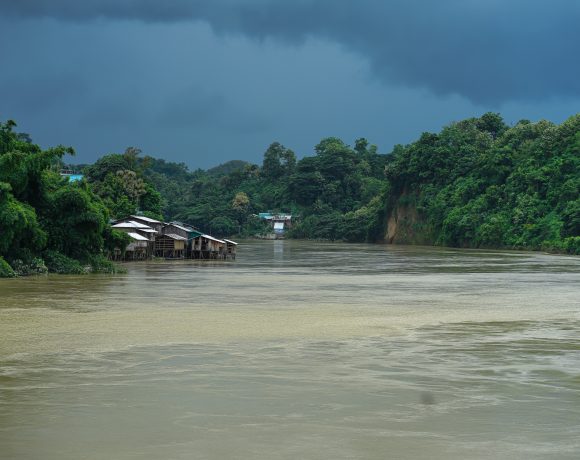
Assam CM Himanta Biswa Sarma Warns Bangladesh Over Siliguri Corridor Comments
Assam Chief Minister Himanta Biswa Sarma has issued a pointed rebuttal to Bangladesh’s interim government chief Muhammad Yunus, following provocative remarks on India’s Siliguri Corridor. Sarma’s warning comes amid rising geopolitical sensitivities and growing Indo-Bangladesh friction over regional access and security.
Sarma Highlights Bangladesh’s Own Vulnerabilities
In a strongly worded statement, CM Sarma reminded Bangladesh that while India has one “Chicken’s Neck”—the Siliguri Corridor—Bangladesh has two strategically weaker choke points.
- North Bangladesh Corridor: An 80-kilometre strip running from Dakshin Dinajpur (India) to South West Garo Hills (Meghalaya), which if blocked, could cut off Bangladesh’s Rangpur Division from the rest of the country.
- Chittagong Corridor: A 28-kilometre stretch connecting South Tripura to the Bay of Bengal, which links Bangladesh’s economic hub, Chittagong, to its capital. Sarma warned that any attempt to destabilize India’s northeastern region could be met with reciprocal strategic responses that affect these zones.
The message was clear: any interference near India’s strategic lifeline could result in Bangladesh’s own geographic vulnerabilities being exposed.
Response to Yunus’s China Comments
Sarma’s warning follows Muhammad Yunus’s controversial remarks during a recent visit to China, where he called India’s Northeast “landlocked” and claimed Bangladesh acts as the “only guardian of the ocean” for the region. The statement was viewed as an indirect attempt to assert influence over India’s northeastern trade routes and logistics dependency.
In response, Sarma reminded Bangladesh of India’s military capabilities and political resolve, referencing Operation Sindoor as a demonstration of India’s ability to strike decisively when national interests are threatened.
Siliguri Corridor: India’s Strategic Lifeline
Often referred to as India’s “Chicken’s Neck,” the Siliguri Corridor is a narrow 22-km wide strip in West Bengal that connects mainland India to its northeastern states. It is not only a vital trade and transport artery but also of immense strategic importance in terms of defense and territorial integrity.
Given its vulnerability, India has heavily fortified the corridor and has increased surveillance and infrastructure projects in recent years to ensure security and accessibility.
Strategic Messaging with Regional Implications
Sarma’s remarks are more than a political counter; they are a calibrated message aimed at regional power dynamics. His emphasis on Bangladesh’s geographical weaknesses appears to be a warning against any misadventure or assumption that India’s northeast can be diplomatically or economically encircled.
By elevating the debate to a national security issue, Sarma has reasserted India’s sovereignty over its northeastern lifelines and placed Bangladesh on notice about the consequences of strategic posturing.


















